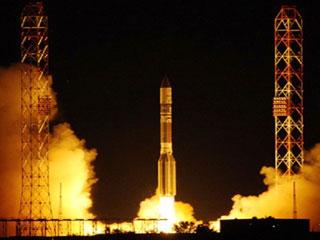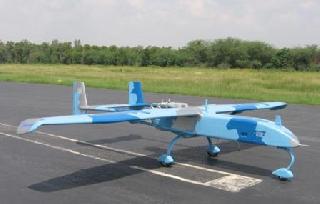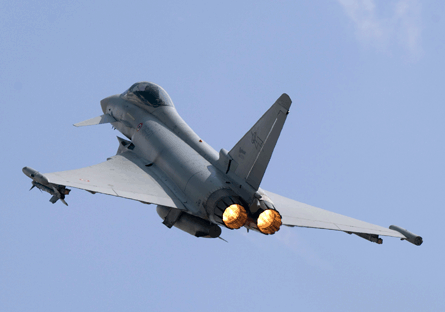
ILS Proton successfully launches the SES-3 satellite for SES, paired with the KazSat-2 satellite from the Baikonur Cosmodrome.
BAIKONUR (BNS): International Launch Services (ILS) has successfully launched the SES-3 and KazSat-2 satellite into orbit, according to reports.
The SES-3 satellite is one of the world’s largest telecommunications satellite operators with a fleet of 45 satellites in orbit. This was the first commercial shared launch for ILS, the company said.
The ILS Proton Breeze M launched from Pad 39 at the Baikonur Cosmodrome at 11:16 hrs GMT on Saturday. After an 8-hour, 1-minute mission, the Breeze M successfully released the SES-3 satellite directly into geostationary transfer orbit.
The KazSat-2 satellite, built by Khrunichev State Research and Production Space Center (Khrunichev), was delivered directly into geosynchronous orbit after a 9-hour, 24-minute mission.
The SES-3 satellite was paired with the KazSat-2 satellite to serve the Republic of Kazakhstan.
This was the 365th launch for Proton since its inaugural flight in 1965, and the 66th ILS Proton launch overall.
The SES-3 satellite was built on Orbital’s space-proven Star 2.4 platform and will replace SES’ existing AMC-1 satellite at the orbital position of 103 degrees West.
“This is our 18th mission with our long standing partner SES, dating back to the inaugural commercial launch of ILS Proton with SES’s Astra 1F satellite 15 years ago. We are pleased to celebrate another milestone with SES—with the first shared launch for ILS Proton,” ILS President, Frank McKenna said.
The Proton launches from facilities at the Baikonur Cosmodrome in Kazakhstan, and has a heritage of 365 missions since 1965.
SES provides outstanding satellite communications solutions via a global fleet of 45 satellites.
 Previous Article
Previous Article Next Article
Next Article













The Indian Air Force, in its flight trials evaluation report submitted before the Defence Ministry l..
view articleAn insight into the Medium Multi-Role Combat Aircraft competition...
view articleSky enthusiasts can now spot the International Space Station (ISS) commanded by Indian-American astr..
view article